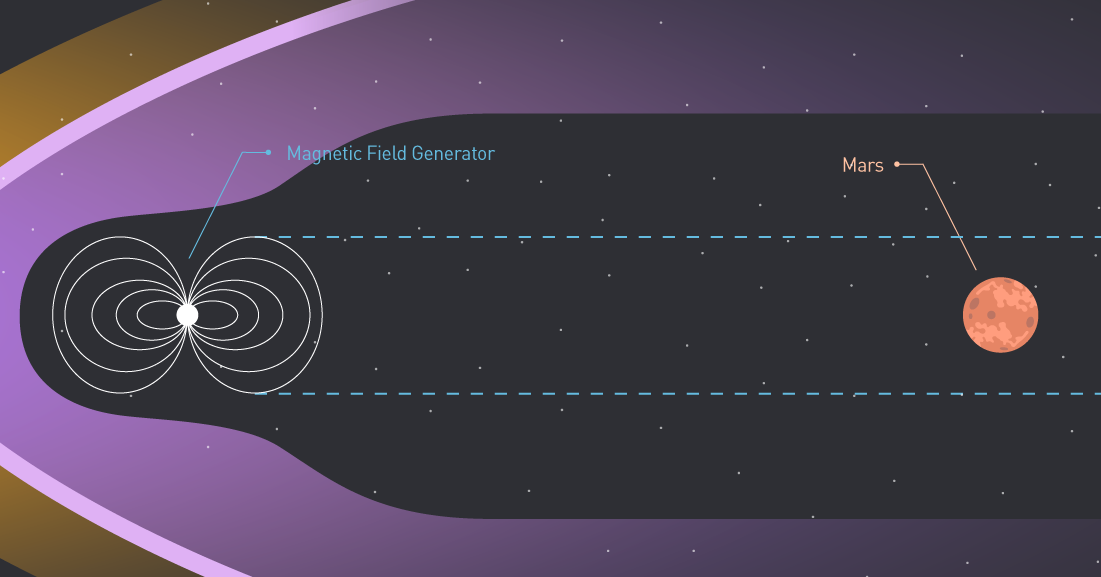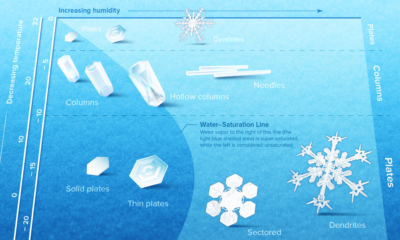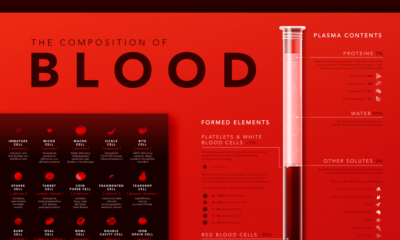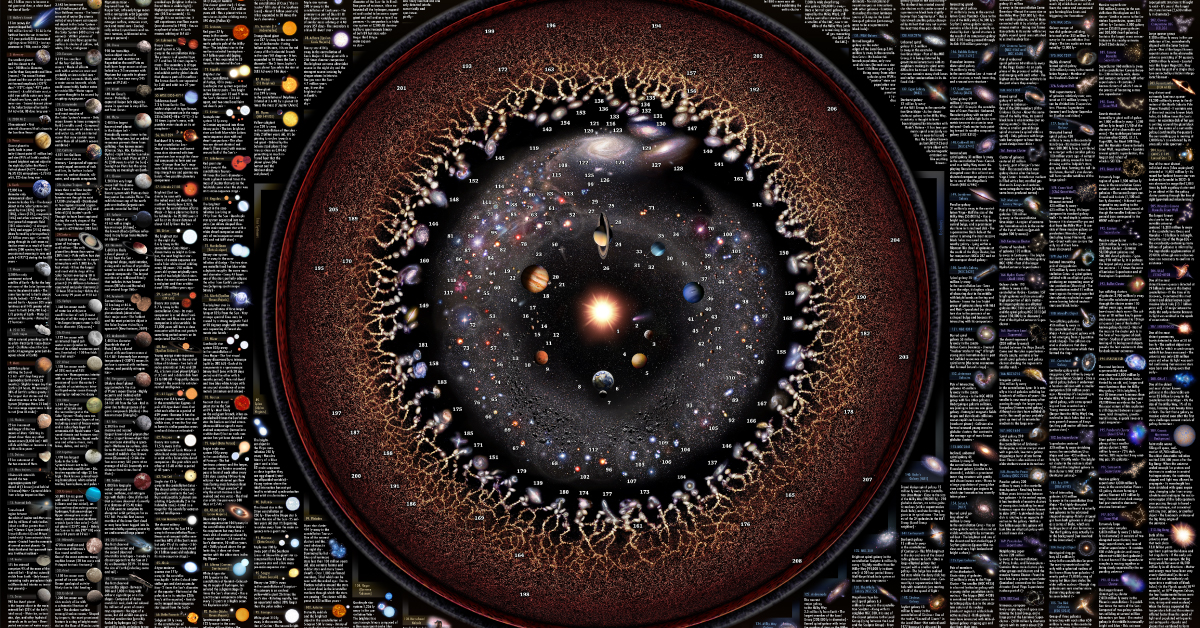That’s Elon Musk’s philosophy, anyways – and just days ago he revealed new details on his ambitions to colonize the Red Planet, including sending two cargo rockets by 2022 and four rockets (two manned, two cargo) by 2024. In 40 to 100 years, Musk suggested that up to a million people could live there.
Change of Seasons
As Elton John wisely noted, “Mars ain’t the kind of place to raise your kids”. Indeed, the average temperature on Mars is −55 °C (−67 °F), dust storms are frequent and potentially deadly, and the planet has extremely low atmospheric pressure (about 1% of Earth). Because of the atmosphere and temperature swings, meaningful occurrences of liquid water on the planet’s surface are almost impossible. And while Mars is thought to have plenty of frozen water at its poles and in underground deposits, the logistics of tapping into these resources could be quite difficult. In other words, for any meaningful and long-lasting human presence on Mars, we would likely want to alter the planet and its atmosphere to make it more habitable for human life. And while the exact mechanisms we would use to accomplish this are still up for debate, the basics behind what’s needed to achieve Earth-like conditions are actually pretty straightforward.
Terraforming 101
Today’s infographic comes to us from Futurism, and it details what might need to happen on Mars to make it more accommodating to human life. Here are two steps we could take to get Mars into the “Goldilocks Zone”, where water is liquid – and harmful ionizing radiation like x-rays, UV rays, and gamma rays are not problematic. Greenhouse Gases One way to ward off harmful ionizing radiation is to add a thicker layer of greenhouse gases to the atmosphere of Mars. Such an atmosphere would also allows less heat to escape, meaning warmer temperatures on the planet. Magnetic Field A strong magnetic field on Earth is something else that makes life easier. Earth’s solid inner core, composed primarily of iron, creates this field when the planet spins – and it deflects cosmic rays and other harmful types of radiation. One interesting solution to solve this problem on Mars would to have a magnetic field generator in front of the planet at all times, deflecting any such rays coming from the sun.
The Realm of Possibility
While terraforming is still a mixture of theory and science fiction at this point, we do know some of the major problems that have to be solved for attaining a habitable environment – and it will be interesting to see how plans around Mars develop as the prospect of colonization becomes more real. – Elon Musk on And while we haven’t figured out all the answers quite yet, we’ve made some remarkable discoveries when it comes to learning about outer space. What are some of the most notable observations that scientists have discovered so far? This map of outer space by Pablo Carlos Budassi highlights more than 200 celestial objects in our universe and provides details and facts about each one.
The Types of Celestial Objects Mapped
To create this graphic, Budassi used a combination of logarithmic astronomical maps from Princeton University, as well as images from NASA. The visualization highlights 216 different celestial objects that are color-coded and organized into five overarching categories:
Moons and Asteroids Planets Galaxies Star System Great Scales/Superclusters
At the center of the map is the Sun, which is the largest object in our Solar System. According to NASA, the Sun’s volume is equivalent to 1.3 million Earths. The Sun is the powerhouse of life here on Earth—its energy provides our planet with a mild, warm climate that keeps us alive, keeping the Earth from becoming a frozen rock. While the Sun is the only star in the Solar System, there is a neighboring star system called Alpha Centauri that’s approximately 4.37 light-years away. It’s made up of three stars—Proxima Centauri, Alpha Centauri A, and Alpha Centauri B. Proxima Centauri, as the Latin name indicates, is the closest of the three to Earth and has an Earth-sized planet in its habitable zone.
The Life of a Star
In a star’s early stages, it’s powered by hydrogen. However, when its hydrogen stores are depleted, some stars are able to fuse helium or even heavier elements. Stars similar to the size of the Sun will grow, cool down, and eventually transform into a red giant. The Sun has about 5,000 million more years before it reaches its red giant stage, but when that happens, it will likely expand to the point where it swallows up the Earth. While stars emit energy for years, it’s important to note that they don’t shine for eternity. Their exact life span depends on their size, with bigger stars burning out faster than their smaller counterparts. But as light from distant objects millions of light-years away takes a long time to reach us here on Earth, the largest of stars shine for hundreds of millions of years after they die.
Just How Big is Our Universe?
Some experts believe that the universe is infinite, while others argue that we can’t yet know for certain because current measurements aren’t accurate enough. However, scientists believe that our observable universe extends about 46 billion light-years in every direction, giving it a diameter of roughly 93 billion light-years. But just how much of the universe extends beyond what we can see? We may never find out.
















